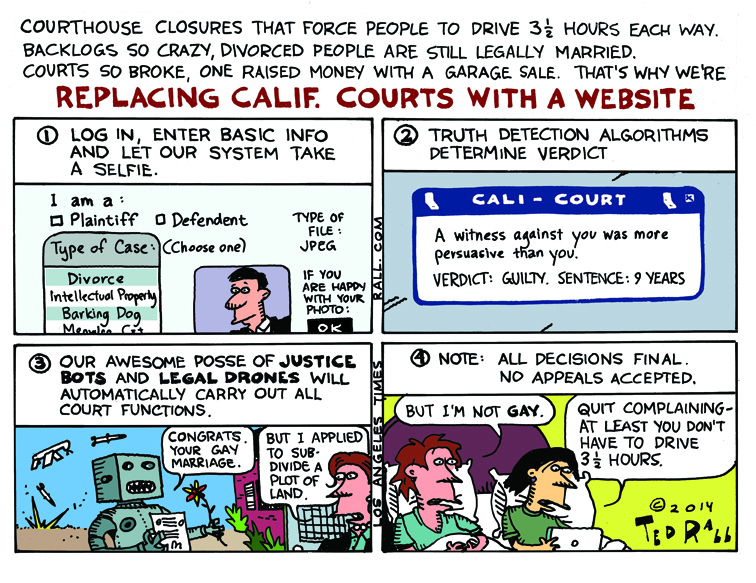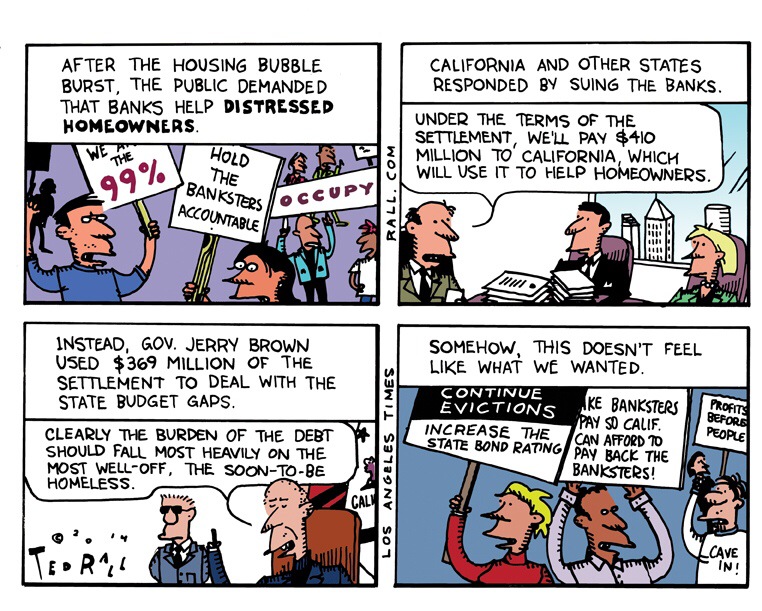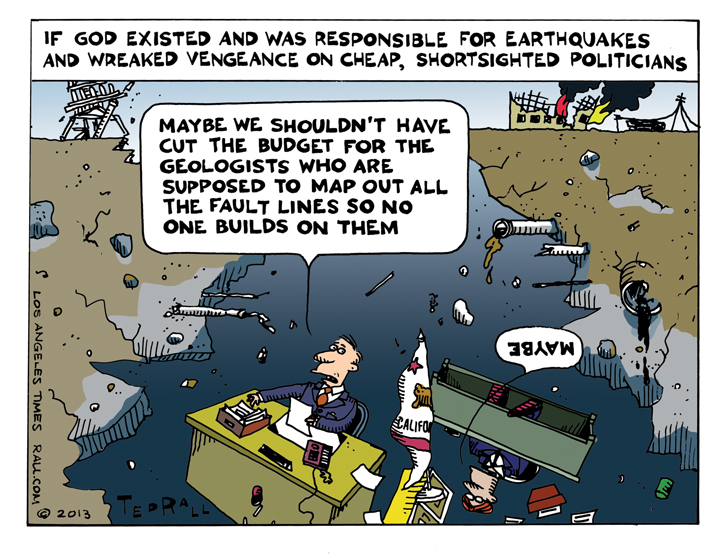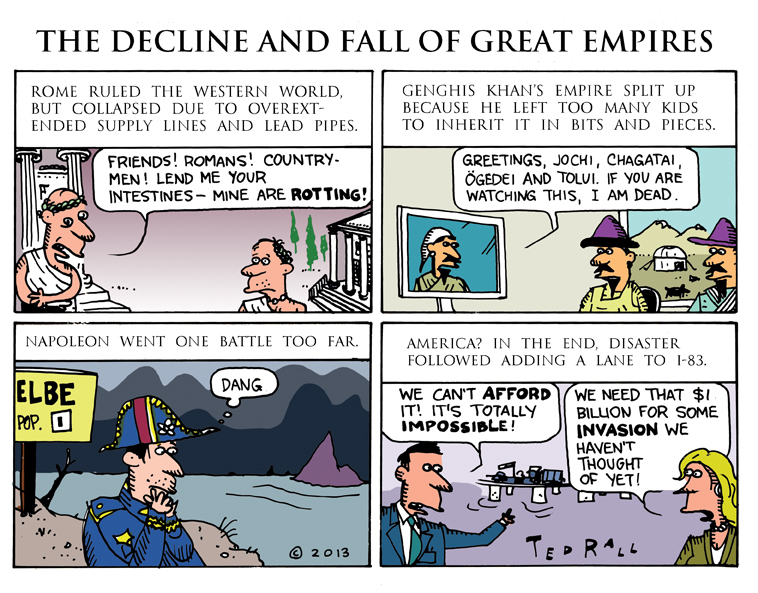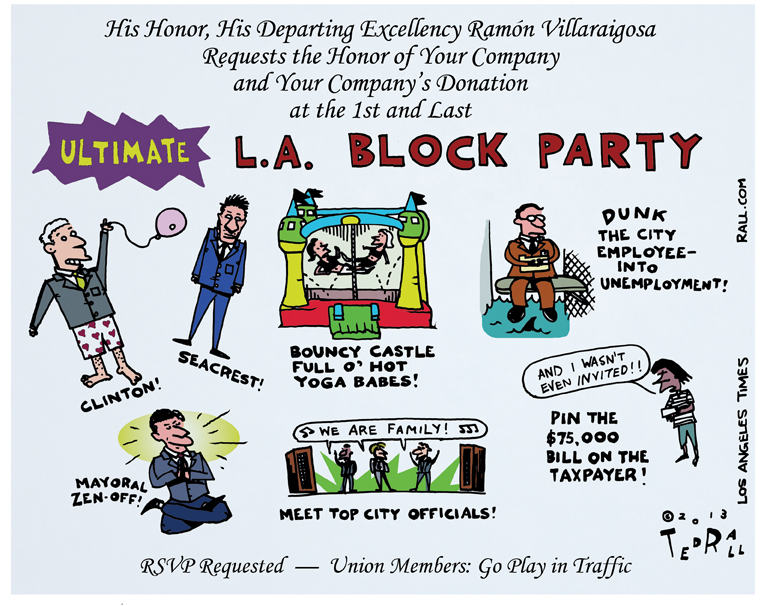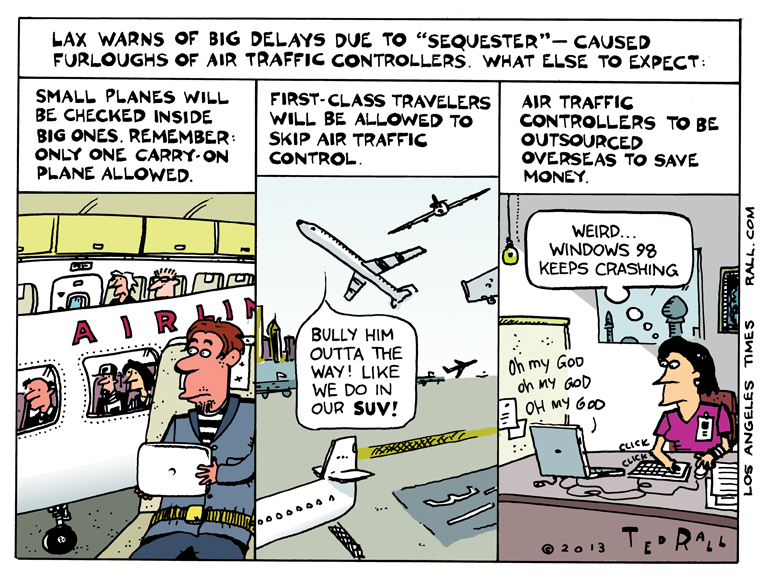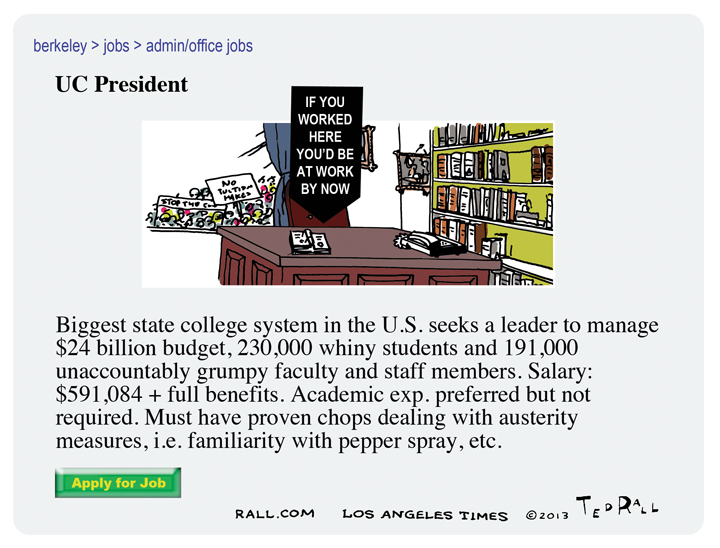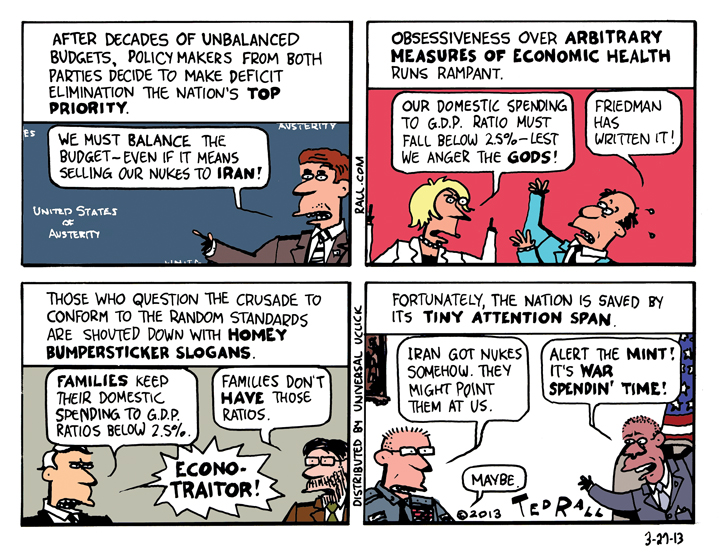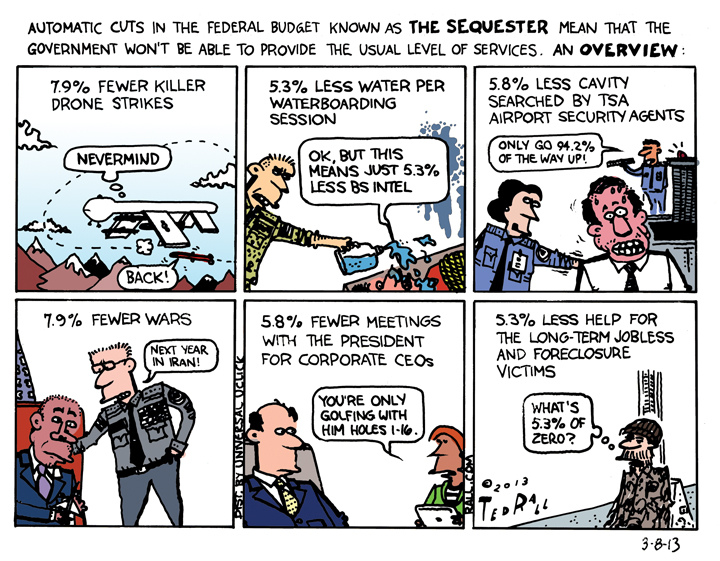Equal justice under the law. That’s the promise American courts make to plaintiffs and defendants alike. But year after year of budget austerity has forced California’s court system to slash its services so deeply that it has made a mockery of that sacred pledge.
Maura Dolan reports that “recession-driven cutbacks in California’s huge court system have produced long lines and short tempers at courthouses throughout the state. Civil cases are facing growing delays in getting to trial, and court closures have forced residents in some counties to drive several hours for an appearance.”
Backups in the courts are affecting Californians’ love lives: “Clerks in Contra Costa County said they have received complaints from people who divorced and wanted to remarry but couldn’t because clerks had not yet processed the paperwork for judges’ signatures.”
Every cloud has a silver lining. Because so many courthouses have closed, some Californians are automatically getting exempted from jury duty: “In San Bernardino County, the Superior Court has stopped summoning jurors from Needles, making the guarantee of a jury of one’s peers elusive. Because of court closures in the High Desert, a trip to court from Needles can take some residents 3-1/2 hours.”
But it’s still a damned dark cloud.
“We are really on the borderline of a constitutional crisis,” Marsha Slough, San Bernardino County’s presiding judge says. “We have victims who want to give up because they don’t want to testify in criminal trials because of the driving distances and costs.”
Whether you’re fighting a traffic ticket, fending off a neighbor over a property dispute or waiting for a divorce, everyone winds up in court sooner rather than later. And contrary to what conservatives keep saying, starving government institutions of cash doesn’t make them leaner and meaner — it makes them broken and, well, mean, but not in a good way (viz, court employees report that fistfights among frustrated citizens waiting in long lines are a common occurrence…and the extra assaults just cause even more backups in the courts!).
We need a better way. Not a bigger budget — that would solve the problem and reduce unemployment.
No, what we need is to automate the court system! There are, after all, algorithm-based lie detectors that determine whether you’re telling the truth by analyzing a scan of your face. Since California’s courts handle millions of cases each year, a huge database of precedents can be uploaded and used as a basis to help determine the outcome of new and future matters. And we already know from last year’s trouble-free launch of Obamacare that the Internet is the perfect tool for replacing old-fashioned human-based bureaucracies.
What could go wrong?

